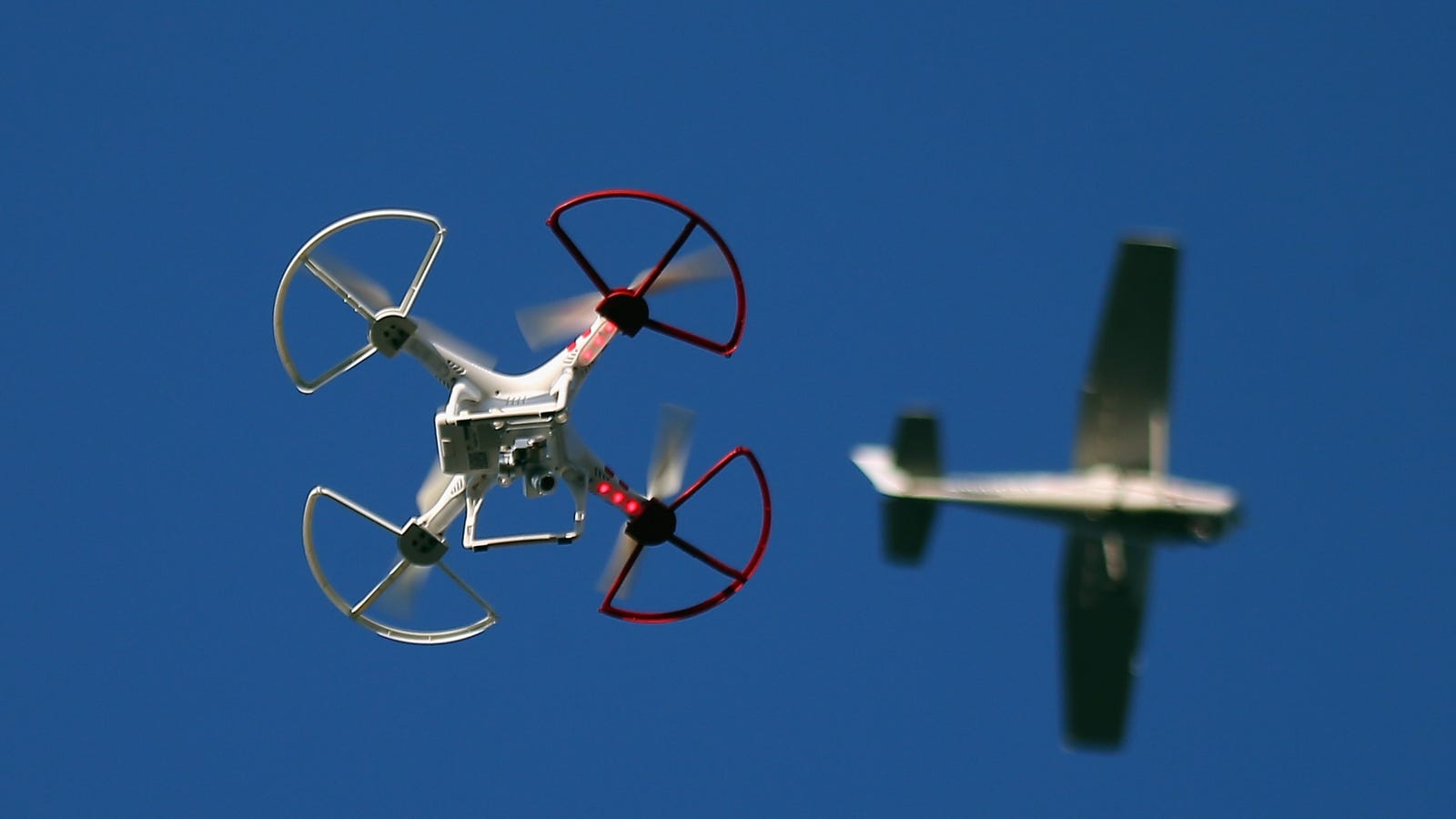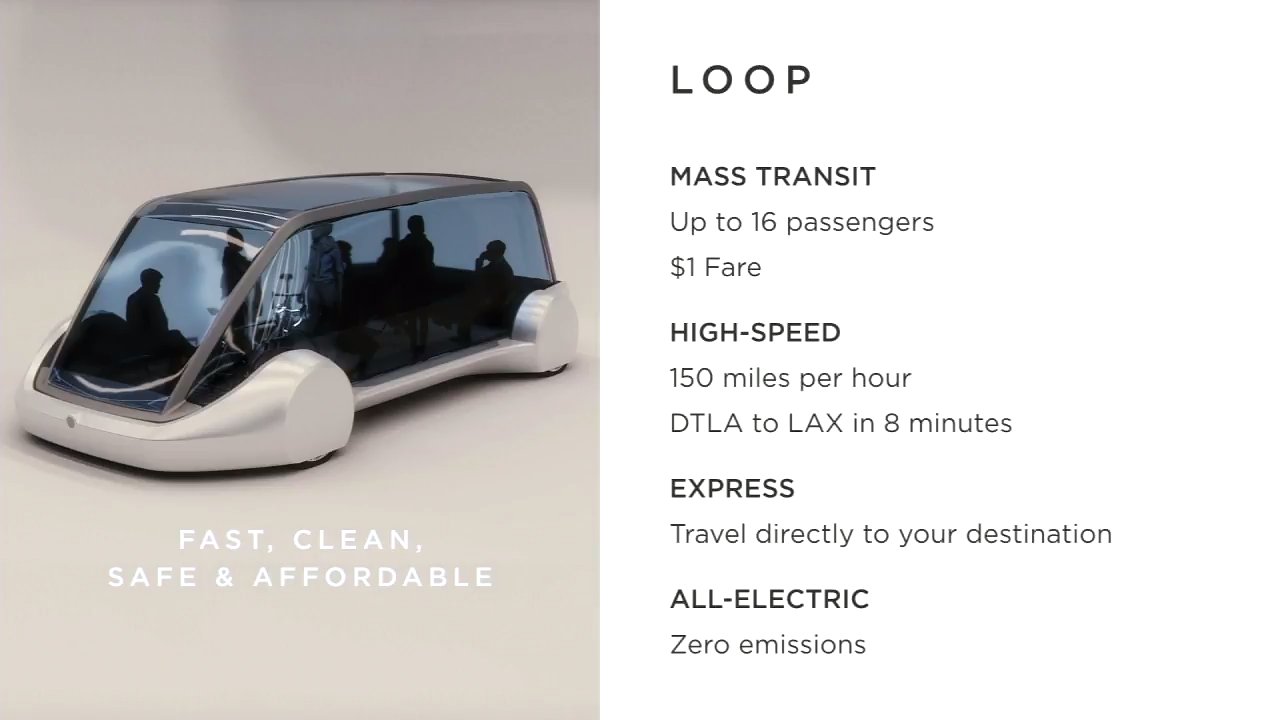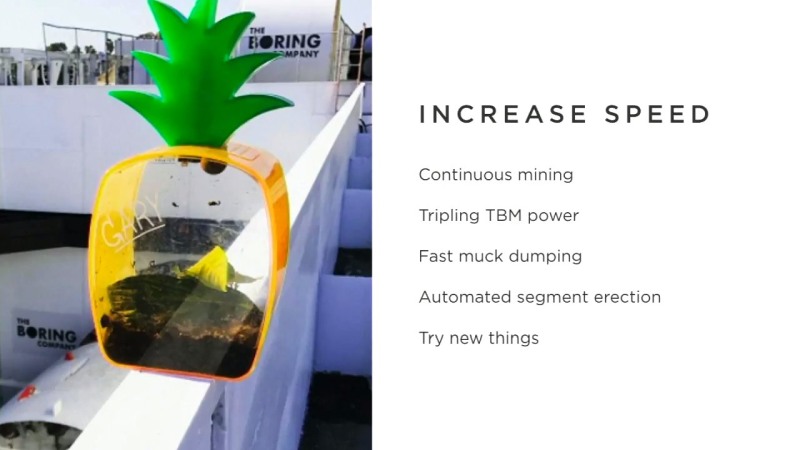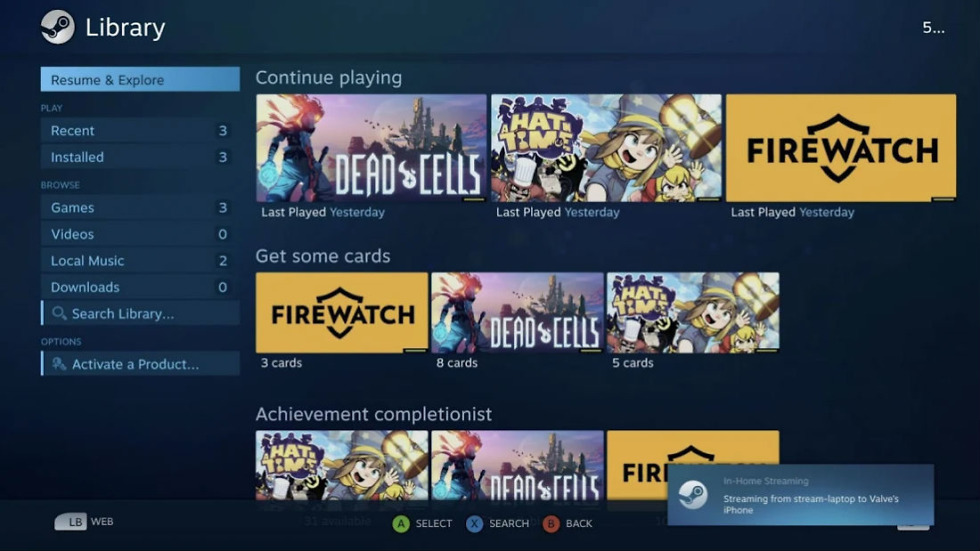A Drone Company Allegedly Brought a Bomb on a Commercial Flight and Fired an Employee for Reporting It
https://ift.tt/2rMHHCm

Today in absolutely bonkers allegations, a recently filed lawsuit claims American drone maker AeroVironment transported explosives on a commercial flight and then attempted to cover it up by firing an employee for reporting the incident to the US government.
Per Bloomberg, a wrongful termination complaint filed by Mark Anderson, the fired employee in question, claims the California-based drone manufacturer took a drone rigged with live explosives on a Delta flight from Salt Lake City, Utah to Los Angeles. The drone sat in a carry-on bag during the flight, which had about 230 civilian passengers onboard.
According to Anderson’s lawsuit, which he filed with the California Superior Court in Los Angeles County, the flight took place in April 2015. Anderson, who headed up security efforts for the company’s government programs, learned of the incident a month after the fact and reported it to higher-ups at AeroVironment and the US Department of Defense. (Gizmodo reached out to the DoD to confirm Anderson’s report. We will update this post if we hear back.)
AeroVironment, which apparently has a strict “no snitching” policy, allegedly punished Anderson for notifying the DoD. Anderson claims he was stripped of many of his responsibilities within the firm and was eventually fired without severance. No word on whether the employees who allegedly brought the drone with a damn bomb attached to it onto the plane were also reprimanded.
When contacted about the allegations in Anderson’s lawsuit, a spokesperson for AeroVironment provided the following statement:
AeroVironment believes the complaint contains baseless legal claims that are without merit. The Company will defend itself vigorously once it is served with the complaint, consistent with its ongoing commitment to conducting its business with the highest standards of ethics, safety and integrity.
It is, to some extent, understandable why AeroVironment would be freaked out about the government learning of its supposed reckless behavior. The company is pretty reliant on government contracts. According to AeroVironment’s most recent annual report, it disclosed that 55 percent of its revenue comes from jobs as the primary contractor or subcontractor for government agencies—including 37 percent coming from the DoD. It even lists its dependency on government payouts as a risk factor for investors.
Still though, if Anderson’s account is accurate—his lawsuit said the company was in “violation of a host of laws and safety regulations” by transporting the explosives in the manner it did—what the hell are you doing bringing a bomb-equipped drone onboard a commercial flight?
The TSA has a long list of items that are not allowed on flights, and explosives certainly top that list. They won’t even let you take “realistic replicas of plastic explosives” let alone the real thing. They won’t even let you say “bomb” without detaining you, let alone carry one on the plane. It’s not clear how they got the drone past security, though it’s worth noting explosives have grown increasingly difficult to detect thanks to new bomb-making techniques. Anyway, a good rule of thumb is don’t take explosives on planes.
Tech
via Gizmodo http://gizmodo.com
May 17, 2018 at 07:15PM







